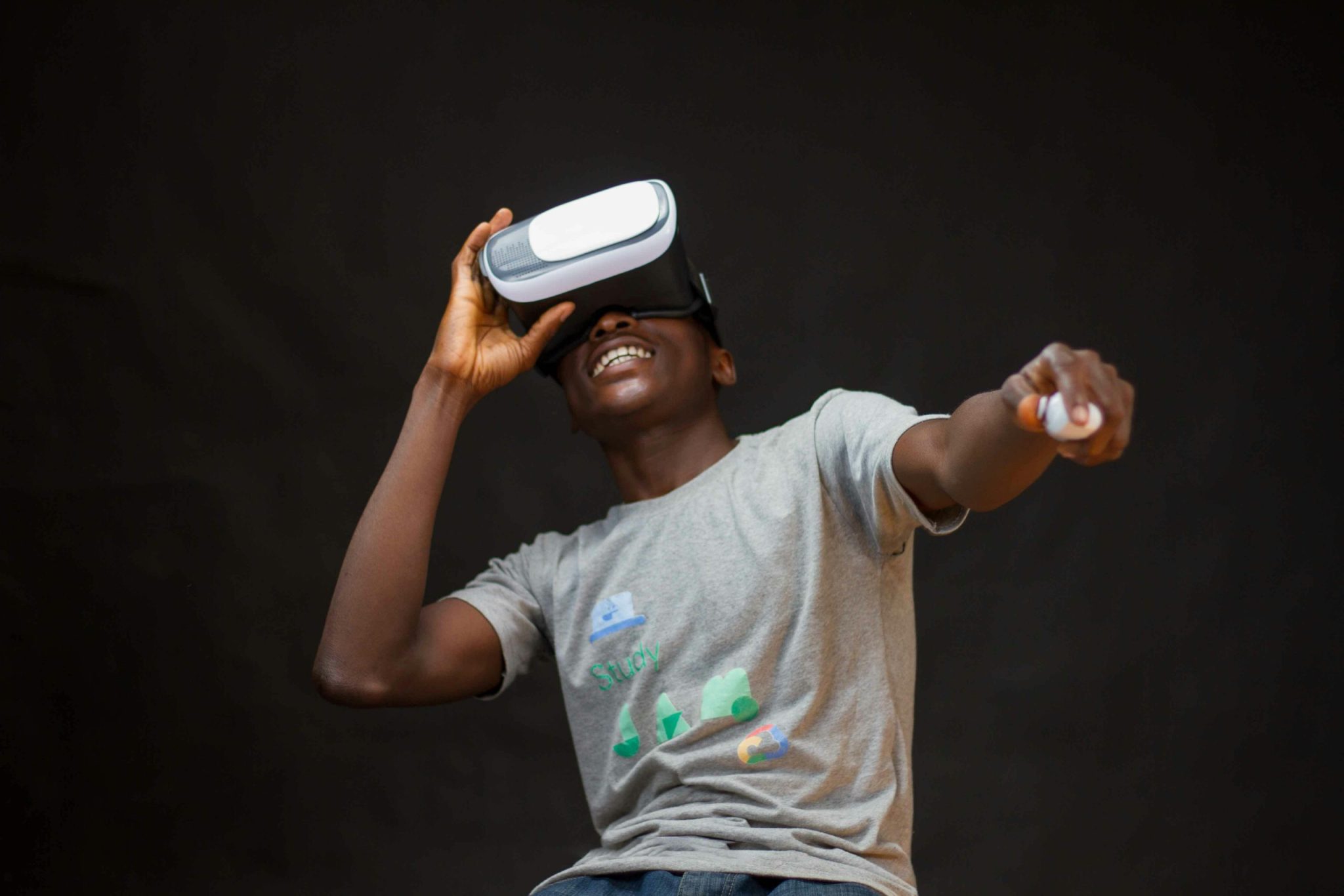In today’s highly competitive digital landscape, businesses are constantly looking for new ways to capture the attention of consumers and influence their purchasing decisions. Traditional advertising techniques such as print ads, television commercials, and banner ads are no longer sufficient on their own. With the rise of augmented reality advertisements, a new wave of marketing innovation has emerged that offers brands the ability to create immersive, interactive, and personalized experiences for their audiences.
One of the most compelling aspects of augmented reality advertisement is its impact on consumer decision-making. By blending digital content with the real world, AR advertisements change how consumers interact with products, services, and brands. In this blog, we’ll explore how augmented reality advertisements influence the cognitive processes involved in purchasing decisions, including attention, perception, and memory, and how this affects brand loyalty and consumer behavior.
What is Augmented Reality in Advertisements?
Before delving into how augmented reality advertisement influences consumer decision-making, it’s essential to define what augmented reality (AR) is and how it is used in the advertising world.
Augmented reality is a technology that overlays digital information—such as images, sounds, and videos—onto the real world. This is typically done through devices such as smartphones, tablets, or AR glasses. Unlike virtual reality (VR), which immerses users into a completely artificial world, AR enhances the physical environment by adding digital elements that interact with the real world.
By providing these interactive and engaging experiences, augmented reality advertisements change the way consumers think about, interact with, and ultimately decide to purchase products and services.
The Psychology Behind Augmented Reality Advertisements
To understand how augmented reality advertisements affect consumer decision-making, it’s important to look at the psychology behind how people make purchasing decisions. The decision-making process is influenced by multiple cognitive factors, including attention, perception, and memory. Augmented reality advertisements leverage these factors to create experiences that are more memorable and engaging, ultimately influencing consumers to make purchases.
Attention: Capturing and Sustaining Focus
The first step in any decision-making process is capturing the consumer’s attention. In today’s world, consumers are bombarded with thousands of marketing messages every day, making it increasingly difficult for any single ad to stand out. This is where augmented reality advertisements come into play.
By combining the real world with digital elements, augmented reality advertisements are inherently more attention-grabbing than traditional ads. For example, imagine walking past a store window and seeing a digital display that allows you to interact with a product, such as virtually trying on clothes or viewing a product’s features in 3D. This level of interactivity and immersion naturally draws the consumer’s attention and encourages them to engage with the brand’s message.
Perception: Enhancing the Consumer’s Experience
Once a consumer’s attention is captured, the next step is to shape how they perceive the product or service. Augmented reality advertisements have a powerful influence on this perception because they offer a more vivid, dynamic, and interactive experience compared to static ads.
With AR, consumers can engage with products in new ways that alter their perceptions of value. For example, an AR ad for a new car might allow a consumer to visualize the vehicle in their own driveway or take a virtual test drive. This experience makes the product feel more tangible and real, which can influence the consumer’s perception of the product’s quality and desirability.
Memory: Creating Lasting Impressions
One of the key reasons augmented reality advertisements are so effective is their ability to leave a lasting impression on consumers. Studies have shown that interactive experiences are more memorable than passive ones. When consumers engage with a product through AR, they form stronger memories of the experience, which in turn makes it more likely they will remember the product when it’s time to make a purchase.
Moreover, the novelty and excitement of AR experiences are often associated with positive emotions, which are more likely to be stored in memory. A augmented reality advertisement that evokes positive emotions can lead to greater brand recall and increase the likelihood that the consumer will return to the brand in the future.
How Augmented Reality Advertisements Influence Consumer Decision-Making
By leveraging attention, perception, and memory, augmented reality advertisements influence the overall decision-making process in several ways:
Reducing Purchase Uncertainty
One of the key reasons consumers abandon their purchase decisions is uncertainty. Consumers often hesitate to make a purchase when they are unsure of how a product will fit into their lives or if it meets their needs. Augmented reality advertisements help eliminate this uncertainty by allowing consumers to visualize products in their own environment, try them on virtually, or interact with them in a more meaningful way.
Increasing Engagement and Impulse Purchases
Augmented reality advertisements also encourage consumers to engage more deeply with products, which can drive impulse purchases. The interactive nature of AR ads makes the consumer feel more connected to the product, which increases emotional engagement and the likelihood of an unplanned purchase.
Enhancing Brand Loyalty
Augmented reality advertisements not only influence immediate purchasing decisions but can also contribute to long-term brand loyalty. Because AR ads provide an immersive, enjoyable experience, consumers are more likely to associate positive emotions with the brand. This emotional connection builds trust and encourages consumers to return to the brand in the future.
Measuring the Effectiveness of Augmented Reality Advertisements
As with any marketing strategy, measuring the effectiveness of augmented reality advertisements is essential to understanding their impact on consumer behavior. Here are some key metrics to consider when evaluating AR ads:
Engagement Rates
Track how often consumers interact with the AR experience, whether it’s by scanning a QR code, interacting with a product visualization, or engaging with a virtual try-on. Higher engagement rates indicate that the AR ad is successfully capturing attention and sparking interest.
Conversion Rates
Monitor how many users who engage with the AR experience go on to make a purchase. This is a direct indicator of how effectively the AR ad influences consumer decision-making and drives sales.
Brand Recall and Sentiment
Use surveys or polls to measure how well consumers remember the brand or product after engaging with the AR ad. You can also measure sentiment by assessing how positively consumers feel about the brand following the AR experience.
Time Spent Interacting with the AR Content
The longer consumers engage with AR content, the more likely it is that the ad is leaving a lasting impression. Track how much time users spend interacting with the AR features to gauge how compelling and effective the experience is.








